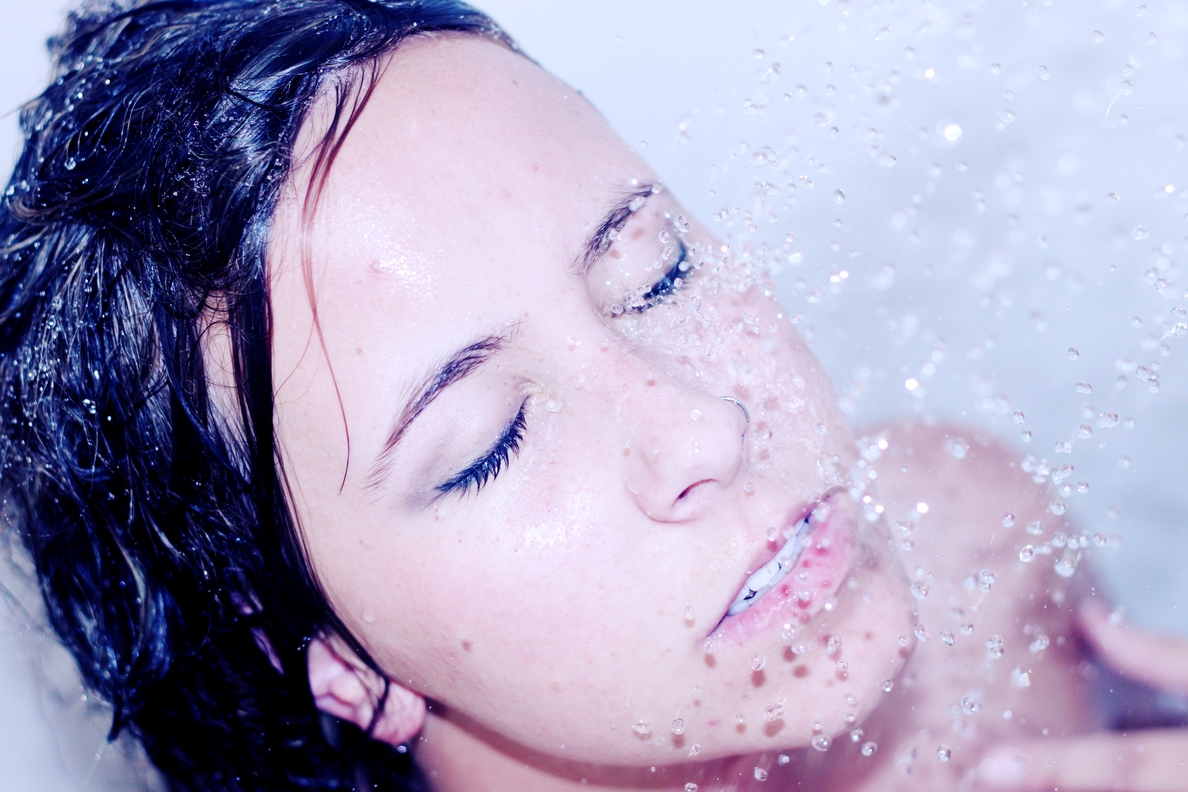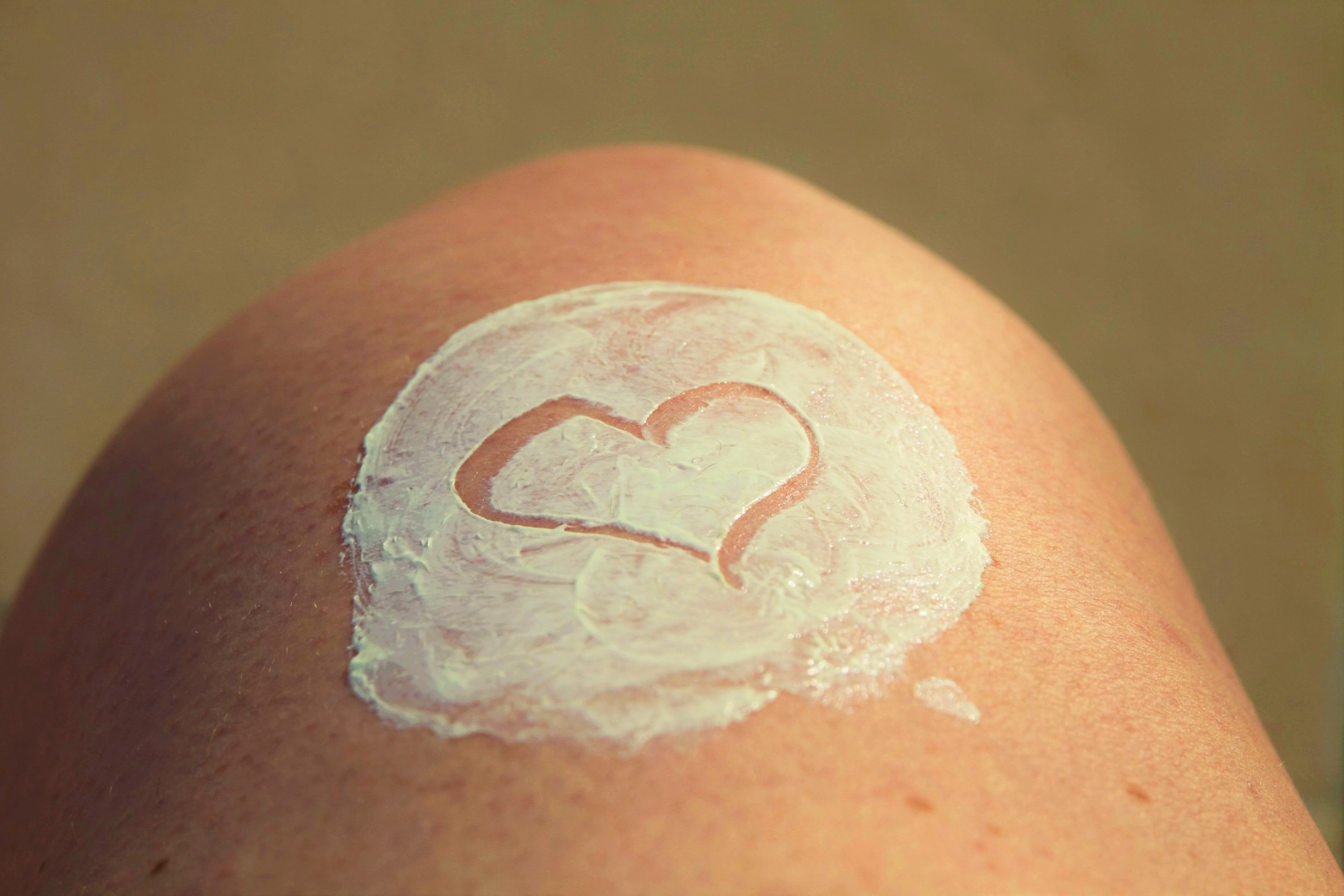Have you ever wondered if there’s a difference between hydrating and moisturizing? Many see “hydration” and “moisture” as interchangeable words that describe the same thing. You’re not entirely wrong if you think so, although some articles might claim it is a common misconception. Nevertheless, this article hopes to shine some light if you’re still navigating your way through these terms, or makes you rethink what you already know about hydrating and moisturizing products.
Dr Ian Tan (Medical Professional at IDS Clinic)
Before we go into these terms, it is imperative to know a little bit about the anatomy of the skin and a commonly used term: trans-epidermal water loss (TEWL). The skin is comprised of three primary layers: the epidermis, the outermost layer; the dermis or middle layer; and the hypodermis, the under-most layer.
When water passes from the dermis through the epidermis and evaporates from the skin’s surface, this is known as trans-epidermal water loss (TEWL). This term is used to characterize skin barrier function and thus it can increase due to disruption to the skin barrier (wounds, scratches, burns, exposure to solvents or surfactants, extreme dryness) and is affected by humidity, temperature and season. Increased TEWL results in reduced moisture content of the skin (hydration level). Since dry or dehydrated skin lacks water, cosmetic formulations can temporarily reverse this by a process called moisturization. Moisturization is the ability to increase the water content of the stratum corneum (i.e the top most layer of the epidermis). Moisturizing products are applied for the relief of the signs and symptoms of dry skin, leaving it soft, smooth and supple. The skin scales (corneocytes) become more pliable and transparent and therefore less visible, which gives a visually dramatic improvement.
There are two main methods of achieving moisturization, the most popular being the use of moisturizers and hydrators.
A moisturizer is technically a product which reduces TEWL by forming a barrier over the skin’s surface. They help to retain what moisture is present on the skin at the time of application by forming a protective seal on the skin’s surface, thus impairing the evaporation of existing moisture throughout the day.
A hydrator, on the other hand, is a product which increases the water content of the skin. This function is typically achieved by the use of various ingredients like humectants which exhibit hygroscopic behavior; this means that they can draw and hold onto a large amount of water. Hydrating substances are used in cosmetic products to reduce moisture loss from the product during use and to increase the moisture content in material that is in contact with the product. Hyaluronic acid is a great example. As humectants, they absorb water from the air and bind it to the skin, facilitating hydration.
Do we need both?
Moisturizers can (and often do) include hydrating ingredients and humectants, but they also include emollients (butters and oils). Normal healthy skin is able to produce lipid cells which trigger the skin’s natural ability to protect itself from moisture loss, communicating to our sebaceous glands to produce more oil, or sebum. Thus, there are some who have never felt the need to use moisturizers, and it is perfectly alright to do so.
On which days do we need to moisturize OR hydrate our skin?
If we do a poll on the consumers, to review which are the most superfluous parts of their current skincare arsenal, most people would have never once questioned the need for their moisturizer daily. Well, there is really no necessity to get into a daily habit and I recommend only using it when needed.
As mentioned above, the skin essentially is self-moisturizing, we have built in oil-producing glands – the sebaceous glands – that secrete sebum, which works to naturally lubricate the skin. If you have healthy, well-functioning skin, wearing moisturizer is not always necessary. Wearing it frequently may get the skin addicted to replacement moisture and stops supplying its own hydration from within the body. However, that being said, when it comes to skin hydrating itself sufficiently, some people can and some people can’t. Those with a disrupted lipid barrier often suffer from dry skin conditions, as the skin is unable to coat the skin’s surface with the appropriate amount of sebum, causing a loss of hydration.
Essentially, a moisturizer can aid in correcting the lipid barrier so that the skin is able to regain healthy moisture balance. Example of people who can’t are those with eczema, who require moisturizers as the mainstay of prevention and treatment. Also, when travelling to places that are much colder and drier, it is best to carry along a moisturizer.
What do you recommend for our daily skincare routine?
Firstly, it is never too early to start on a skincare routine and we should inculcate this into the minds of the young ones early if possible. You really can’t create a youthful complexion later on, you can only maintain the one you have now. Starting on a good skincare regime consisting of the right products and ingredients are crucial to maintaining and improving your skin.
I will recommend a twice daily skincare routine consisting of, in order of application: cleanser, toner, serums or creams containing antioxidants such as vitamin C, followed by a moisturizer to end off the skincare routine. Sunblock is also an essential product not to be forgotten. This can be applied after the moisturizer in the day.
Do you recommend the same for guys?
Definitely! There’s nothing vain or feminine about it – a guy with a well-maintained face gets noticed. A daily skincare routine will benefit both men and women. I will recommend the same skincare regime as above.

 Skin Consultation
Skin Consultation












